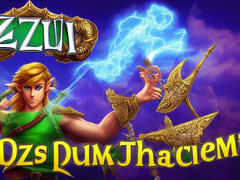In the world of traditional Indonesian poetry, “syair naga mas” holds a special place for its rich historical and cultural significance. This poetic form, rooted deeply in the cultural fabric of Indonesia, often reflects themes of valor, wisdom, and the supernatural, encapsulating the essence of ancient lore and moral teachings.
Historical Context of Syair Naga Mas
Syair naga mas, translated as “golden dragon poetry,” originates from the era of Indonesian Sultanates. This poetic form was used to convey royal decrees, narrate heroic tales, and preserve historical events through a lyrical and rhythmic style. The use of metaphor and allegory in syair naga mas helps convey complex ideas and emotions, making it a significant tool for cultural transmission.
Structure and Style
The structure of syair naga mas typically involves a series of stanzas, each maintaining a consistent rhythm and rhyme scheme. This structured approach not only aids in memorization but also enhances the musical quality of the poetry. The style is characterized by its ornate language and elaborate descriptions, which reflect the grandeur of its themes and subjects.
Modern Relevance
Today, syair naga mas continues to be celebrated for its artistic and cultural value. It serves as a bridge connecting contemporary audiences with Indonesia’s rich literary heritage. Scholars and enthusiasts alike delve into these ancient texts to gain insights into the historical and cultural milieu of past eras.

In conclusion, syair naga mas remains a treasured element of Indonesian literature, embodying the ultimate blend of artistic expression and cultural preservation. Its enduring legacy highlights the importance of maintaining traditional art forms in modern times.









